Steam pipeline: how to choose pipe diameter and valve?
The concept of flow: the volume of saturated steam passing through a certain cross-section at a certain pressure and time is called flow, and the unit of flow expressed by volume is L/s or m3/h. It can be seen that when the steam pressure is constant, the allowable steam flow of different pipe diameters is different.
Steam pipeline flow selection table (table 1)
In conclusion:
1. Under the same pipe diameter condition and different steam pressure, the allowable steam flow rate is different. For example, under the same DN50 pipeline condition, the steam flow rate at 0.5MPa is 709kg/h, and the steam flow rate at 0.6MPa is 815kg/h;
2. Under the same pressure condition and different steam pipe diameters, the allowable steam flow rate is different, and the steam flow rate is proportional to the square of the pipe radius. For example, under the same 0.6MPa pressure condition, the steam flow rate of the DN40 pipe is 485kg/h. The steam flow rate of the DN50 pipeline is 815kg/h, and the steam flow rate of the DN100 pipeline is 3285kg/h, which is 4 times that of DN50; it can be seen that the pipe diameter directly affects the actual steam flow rate.
Selection of pressure reducing valve
In the steam operation pipeline, the actual function of the pressure reducing valve is to "stabilize, dehumidify, and cool down".
What is the actual steam flow rate after decompression, please refer to the pressure reducing valve selection and displacement table (Table 2):
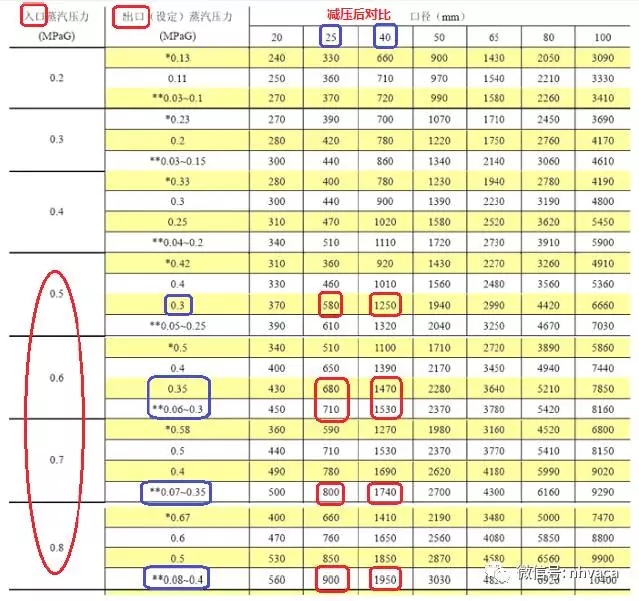
In conclusion:
1. The higher the set pressure after decompression, the smaller the actual steam flow. For example, DN25 type pressure reducing valve, under the condition of inlet pressure 0.6MPa, the actual passing steam flow when outlet pressure is 0.3MPa, 0.35MPa, 0.4MPa are 710KG/H, 680KG/H, 650KG/H respectively;
2. When the outlet pressure setting is the same, the actual steam flow of the DN40 type is much larger than that of the DN25 type after decompression. For example, under the conditions of an inlet pressure of 0.6MPa and an outlet pressure of 0.35MPa, the DN25 type allows the steam flow rate to be 680KG/H, while the DN40 type allows the steam flow rate to be 1470KG/H, so it must meet the requirements of the 600 granulator 15T/H or more For high hourly output, DN40 pressure reducing valve should be selected;
3. There are 2 measures to increase flow for companies that are equipped with DN25 pressure reducing valve after decompression.
1) Configure manual bypass for the pressure reducing station, and open the bypass valve during operation, the valve opening degree is 5%~10%, which can increase the flow;
2) After decompression, the diameter of the pipeline is reduced to DN65 or above, which can also achieve the effect of increasing flow after decompression.
Traps:
Steam trap is a valve that can automatically remove condensed water and other non-condensable gases from steam pipelines and steam-using equipment, and prevent steam leakage. The traps are classified according to the principle of action: mainly include: float traps, thermodynamic traps, thermostatic traps, inverted bucket traps, etc.
1. Floating ball trap
2. Thermodynamic and thermostatic traps
3. Inverted bucket trap and steam separator
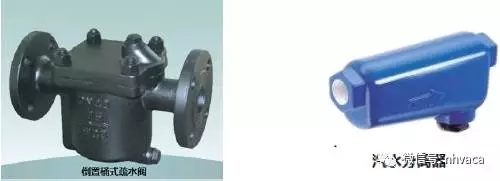
Drainage system:
1. Which "four points" are hydrophobic?
(1) Condensate at the bottom of the boiler sub-cylinder;
(2) Condensed water at the bottom of the sub-cylinder in the workshop;
(3) Condensate from the steam-water separator before decompression;
(4) Condensate water from the auxiliary sub-cylinder of the conditioner.
2. Precautions for installation of traps
(1) Traps are not allowed to be used in series, but they can be used in parallel when necessary;
(2) The trap is generally equipped with a filter, if it is not equipped, a separate filter must be installed in front of the valve;
(3) Mechanical float traps must be installed horizontally, but thermodynamic disc traps can be installed horizontally or vertically;
(4) The pipeline from the drain to the water inlet of the trap must have a slope of not less than 4% to prevent the condensate from stagnating and freezing;
(5) In Northeast China, vertical drain valves must be installed at all low condensate points.
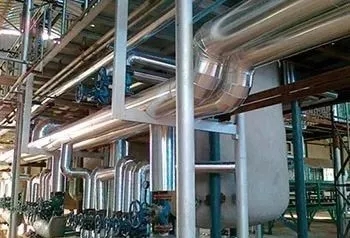
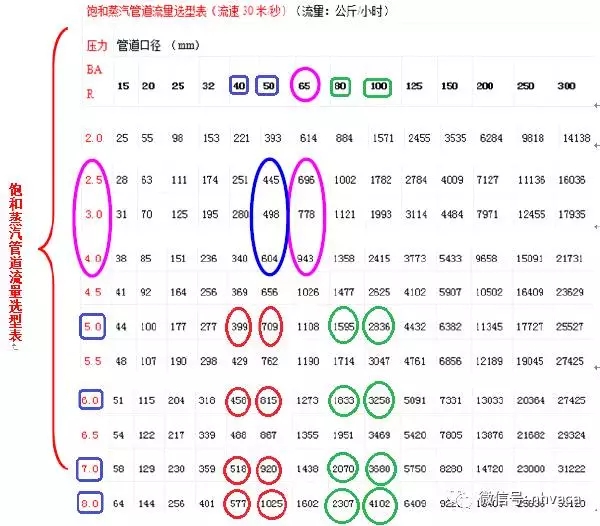


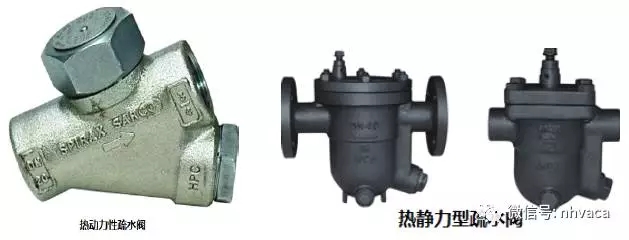

 TEL
TEL